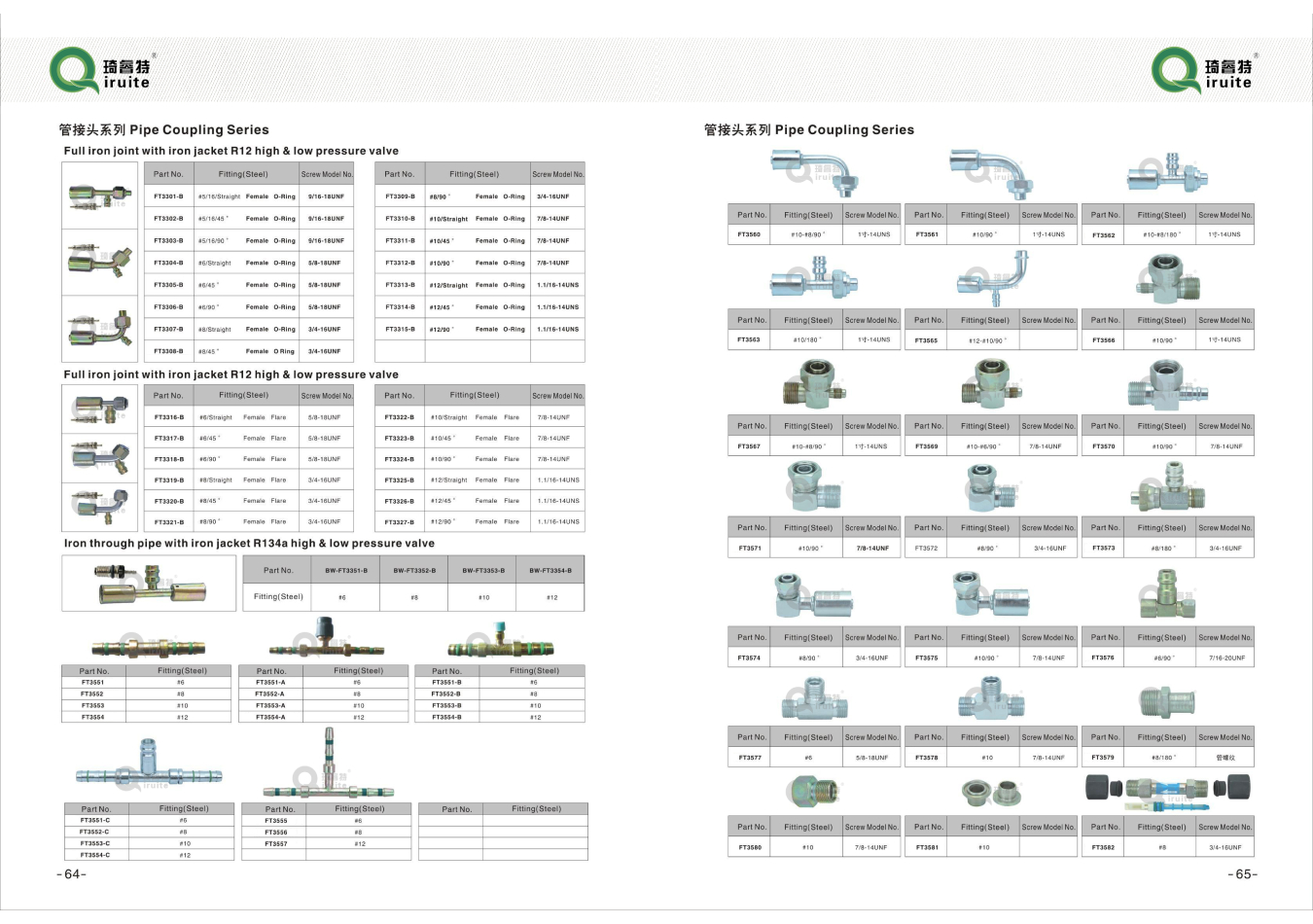Effective Solutions for Resolving Power Steering Hose Issues
Fixing Power Steering Hose A Comprehensive Guide
Power steering is an essential component in modern vehicles, providing drivers with the ability to steer their cars effortlessly. However, like any part of a vehicle, the power steering system can encounter issues, often resulting from a faulty power steering hose. This article will delve into the problem of a damaged power steering hose, how to identify the symptoms, and provide a step-by-step guide on how to fix it.
Understanding the Power Steering Hose
The power steering hose is crucial for transferring fluid from the power steering pump to the steering gear. This hydraulic system enables the power steering to assist in steering the vehicle, making it easier to maneuver, especially at low speeds. Over time, the hose can become worn or damaged due to exposure to heat, pressure, and various road conditions.
Symptoms of a Faulty Power Steering Hose
Identifying a problem with the power steering hose early can save you time and money. Here are some common symptoms to look for
1. Leaking Fluid One of the most prominent signs of a damaged power steering hose is the appearance of fluid leaks under your vehicle. Power steering fluid is typically red or amber, and spotting puddles on your garage floor should raise a red flag.
2. Difficulty Steering If you notice that your steering wheel feels heavy or unresponsive, it could be due to insufficient fluid in the steering system caused by a hose leak.
3. Unusual Noises Listen for whining or groaning noises while turning the steering wheel. These sounds may indicate low fluid levels or air trapped in the system as a result of a leak.
4. Warning Lights Some vehicles have dashboard indicators that may light up when there is an issue with the power steering system. A warning light related to the steering should not be ignored.
Fixing the Power Steering Hose
If you suspect that your power steering hose is damaged, follow these steps to fix it
Tools and Materials Needed
power steering hose fix

- New power steering hose - Socket set - Wrench set - Fluid catch pan - Power steering fluid - Safety gloves - Rags for clean-up
Steps to Replace the Hose
1. Safety First Before beginning any repair, ensure that the vehicle is on a level surface. Turn off the engine, engage the parking brake, and wear safety gloves.
2. Locate the Power Steering Hose Open the hood and locate the power steering pump. Trace the hose to the steering gear to find the damaged section.
3. Drain the Fluid Place a catch pan under the power steering pump to collect any fluid that may leak out during the removal process.
4. Remove the Damaged Hose Using the appropriate size wrench, disconnect the hoses from both the pump and steering gear. Be cautious, as there may still be fluid in them.
5. Install the New Hose Attach the new power steering hose by connecting it to the pump and steering gear. Ensure that the connections are secure, but be careful not to overtighten.
6. Refill Power Steering Fluid Check the vehicle's manual for the correct type of power steering fluid. Refill the system to the appropriate level.
7. Test the System Start the engine and turn the steering wheel from lock to lock several times to ensure that the fluid circulates properly. Check for leaks at the connections.
8. Clean Up Dispose of any old fluid and cleaning rags properly, as they can be hazardous.
Conclusion
Fixing a power steering hose is a manageable task for those with basic mechanical skills. By recognizing the symptoms of a faulty hose and following the steps outlined above, you can restore the effectiveness of your power steering system, ensuring a safe and comfortable driving experience. Regular maintenance and timely repairs can also prolong the life of your vehicle's power steering components.
-
Ultimate Spiral Protection for Hoses & CablesNewsJun.26,2025
-
The Ultimate Quick-Connect Solutions for Every NeedNewsJun.26,2025
-
SAE J1401 Brake Hose: Reliable Choice for Safe BrakingNewsJun.26,2025
-
Reliable J2064 A/C Hoses for Real-World Cooling NeedsNewsJun.26,2025
-
Heavy-Duty Sewer Jetting Hoses Built to LastNewsJun.26,2025
-
Fix Power Steering Tube Leaks Fast – Durable & Affordable SolutionNewsJun.26,2025

